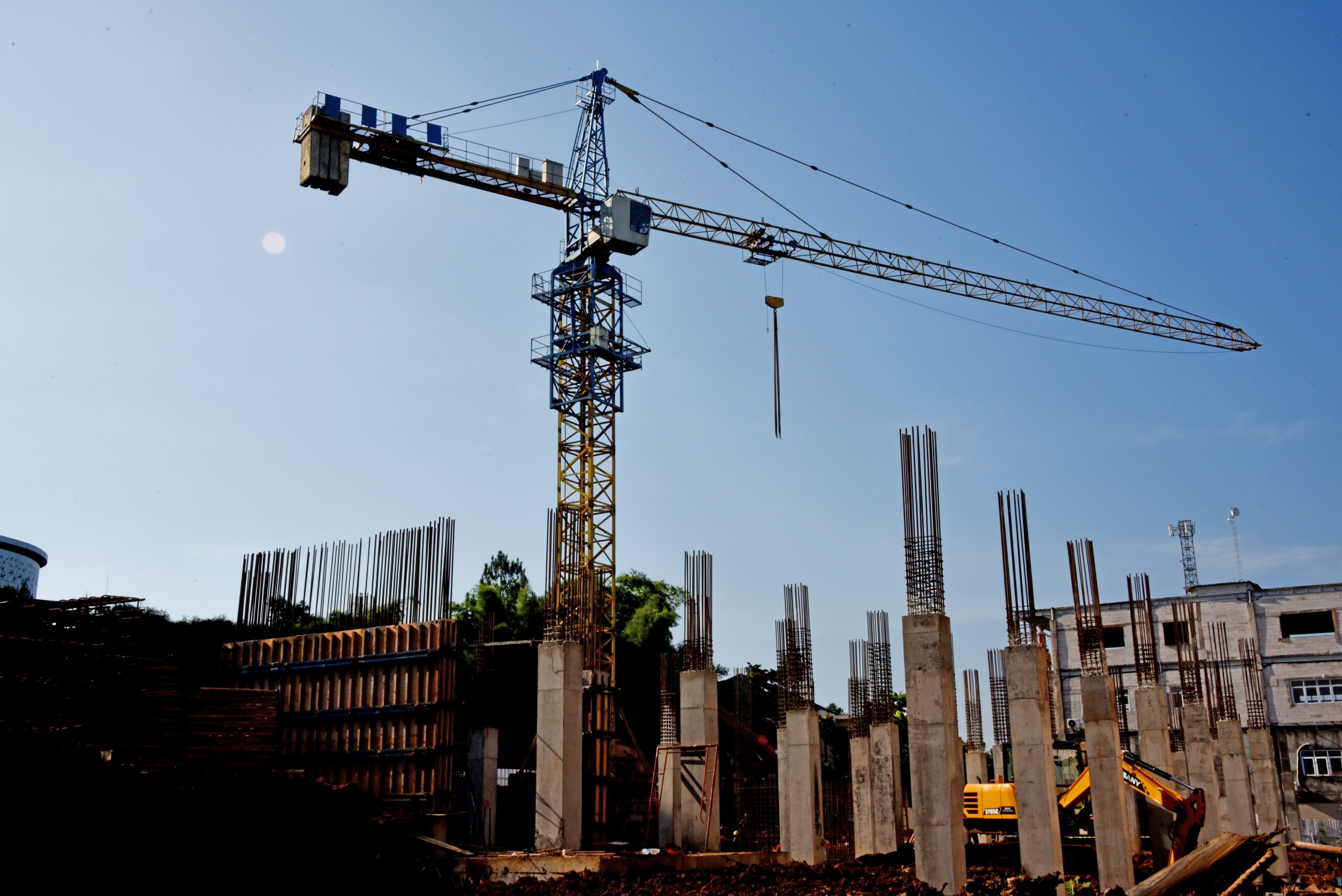
Design and construct (D&C) contracts have become the preferred project delivery method for Principals within the construction industry. Ultimately, the Principal can transfer the project risks related to preparing the final design to the Contractor.
Part 3 of this article series will briefly discuss the evolution of design risk for Contractors under D&C contracts from tender to the final design and how Contractors can minimise their exposure through risk allocation.
Tender Design
Tender designs are inherently preliminary in nature requiring tenderers to develop the scope of works and propose the design, materials and construction methods to achieve the project requirements at a competitive cost.
Having a properly defined scope of design works is fundamental to understanding the Contractor’s tender design liability. As such, consideration should be given to:
- whether the scope is defined in terms that require specific performance of the designer (i.e., the preliminary designs must be sufficient to cost the final design with an identified range of accuracy);
- how much direction or input the Contractor is expected to have in the preparation of the preliminary design;
- the mechanisms for payment of the preliminary design works, including whether any caps will apply to certain parts of the works;
- whether the Contractor will instruct the designer to focus on developing specific parts of the design more than others; and
- the inclusion of explicit warranties related to the use of due care and skill or ensuring the designs are fit for purpose (which may require defining what the purpose of the preliminary designs is, for example, to sufficiently develop the final design to comply with all project requirements under the head contract).
As tender designs are “preliminary” and typically lack the details required to fully understand the cost of the project, a major risk in the preparation of tender designs relates to ensuring adequate allowances are made to cover the cost of the entire project following the development of the final design.
Final Design
Ultimately, under D&C contracts, Contractors are entirely liable for the design and construction works associated with the project and have a contractual obligation to satisfy any project requirements or specifications provided for in contract documentation or the contract within the specified time to reach practical completion.
Similar to the tender design, Contractors should consider:
- the scope of work to ensure they align with the expectations under the head contract; and
- the allocation of risk related to unexpected costs that arise in the development of the final design due to unknown factors at the time of tender;
In addition, Contractors can consider explicitly requiring the designer to accept liability for unforeseen costs over and above a certain percentage of the tender price prepared based on the preliminary designs (e.g., the designer is liable for any unforeseen costs above 5% of the tendered price).
Minimising Design Risk
Contractors can manage design risk and minimise their exposure under D&C contracts through risk allocation in the subcontracts for the design works.
Particular attention should be given to:
- The definition of ‘preliminary designs’ and ‘final designs’ and what the scope of work is for each phase of the project;
- How the preliminary design is going to be used by the Contractor during the tender process. For example, whether the designs will be used to develop cost estimates or to program the project;
- Including a contractual obligation on the subcontractor to prepare the preliminary design so that they are fit for the intended purpose (being the preparation of tender) and are capable of forming a foundation for the further development of the final design within the cost allowed for during tender;
- The provision of warranties related to the development of designs in accordance with any design criteria and requirements (these will typically be the same as what has been provided by the Principal under the head contract);
- Including an indemnity from the designer against any claims arising out of the design works; and
- Whether the subcontract and D&C contract align in terms of the scope of works, timing for the production of designs (particularly if developed in stages), intermediary steps, and the applicable quality standards.
Lamont Project & Construction Lawyers
The Lamont Project & Construction Lawyers team has extensive knowledge regarding various contract models, including standard form and bespoke contracts, and the circumstances that give rise to design risks for both Principals and Contractors. Our team has experience and a comprehensive understanding of the intricate risks related to design and construct contracts for Contractors. With this knowledge and expertise, Lamont Project & Construction Lawyers can provide the required support and advise on major projects with respect to design risks across the life cycle of a project.
If you would like to discuss any matters raised in this article as it relates to your specific circumstances, please contact Lamont Project & Construction Lawyers.
The content of this article is for information purposes only and does not discuss every important topic or matter of law, and it is not to be relied upon as legal advice. Specialist advice should be sought regarding your specific circumstances.
Contact: Peter Lamont or Quinn Hironaka
Email: [email protected] or [email protected]
Phone: (07) 3248 8500
Address: Suite 1, Level 1, 349 Coronation Drive, Milton Qld 4064
Postal Address: PO Box 1133, Milton Qld 4064
